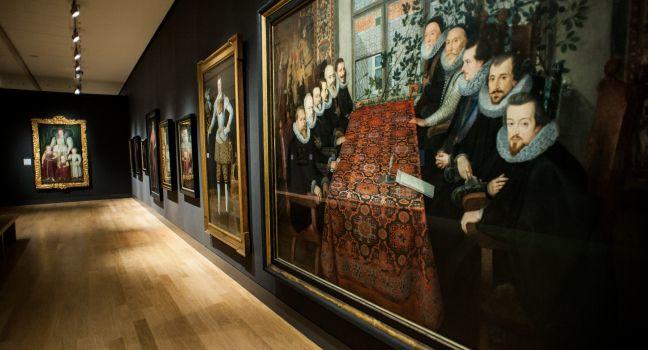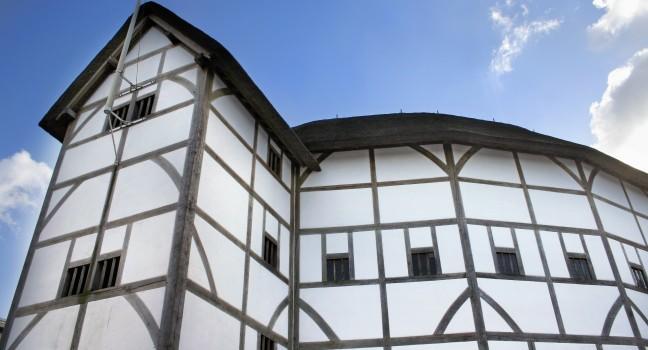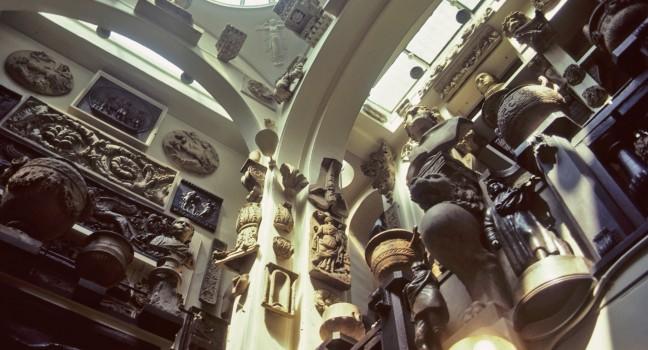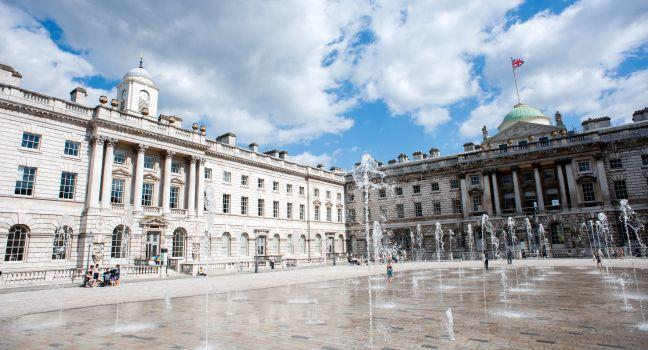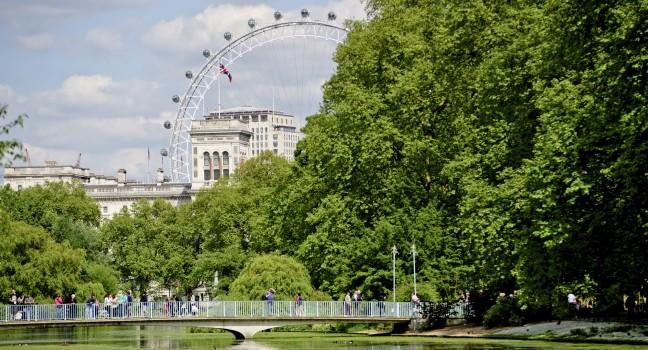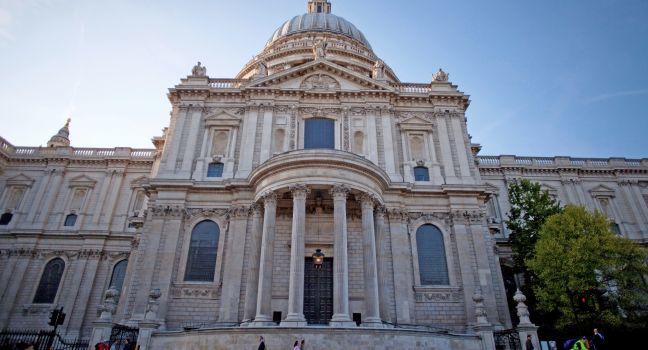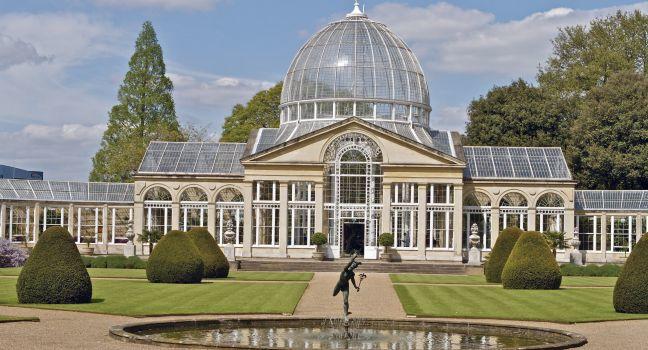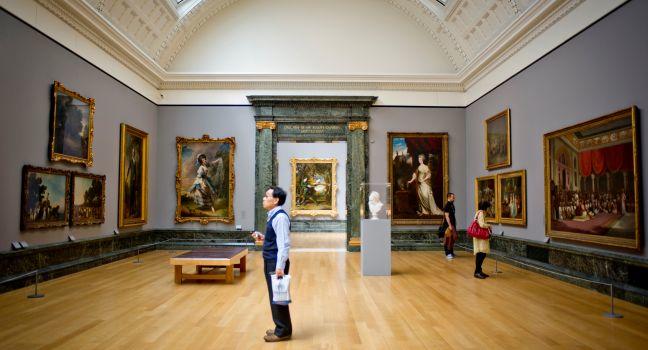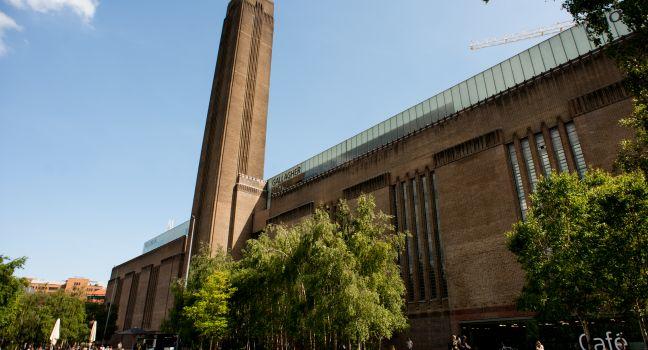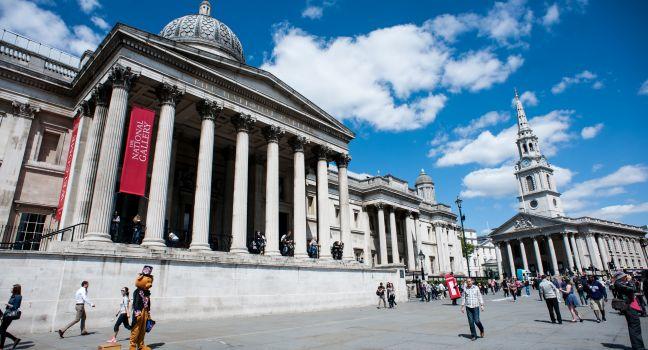National Maritime Museum
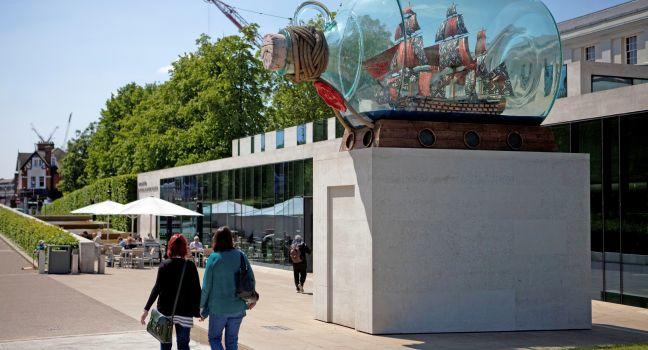
From the time of Henry VIII until the 1940s, Britain was the world's preeminent naval power, and the collections here trace half a millennia of that seafaring history. The story is as much about trade as it is warfare: in the Atlantic gallery, Slavery, Trade, Empire explores how trade in goods (and people) irrevocably changed the world, while in the Traders gallery, The East India Company and Asia focuses on how the epoch-defining company shaped trade with Asia for 250 years. One gallery, Polar Worlds, includes a sledge from one of Shackleton’s expeditions, while another is devoted to Admiral Lord Nelson, Britain's most famous naval commander; among the exhibits there is the uniform he was wearing, complete with bloodstains, when he died at the Battle of Trafalgar in 1805.
Temporary exhibitions here are usually fascinating—those in recent years have included personal accounts of the First World War at sea. Borrow a tablet computer from the front desk and take it to the giant map of the world in the courtyard at the center of the museum; here, a high-tech, interactive app opens up hidden stories and games as you walk between continents. The Ahoy! and All Hands galleries are filled with interactive fun for kids, where they can learn about polar exploration, pirates, and more.
